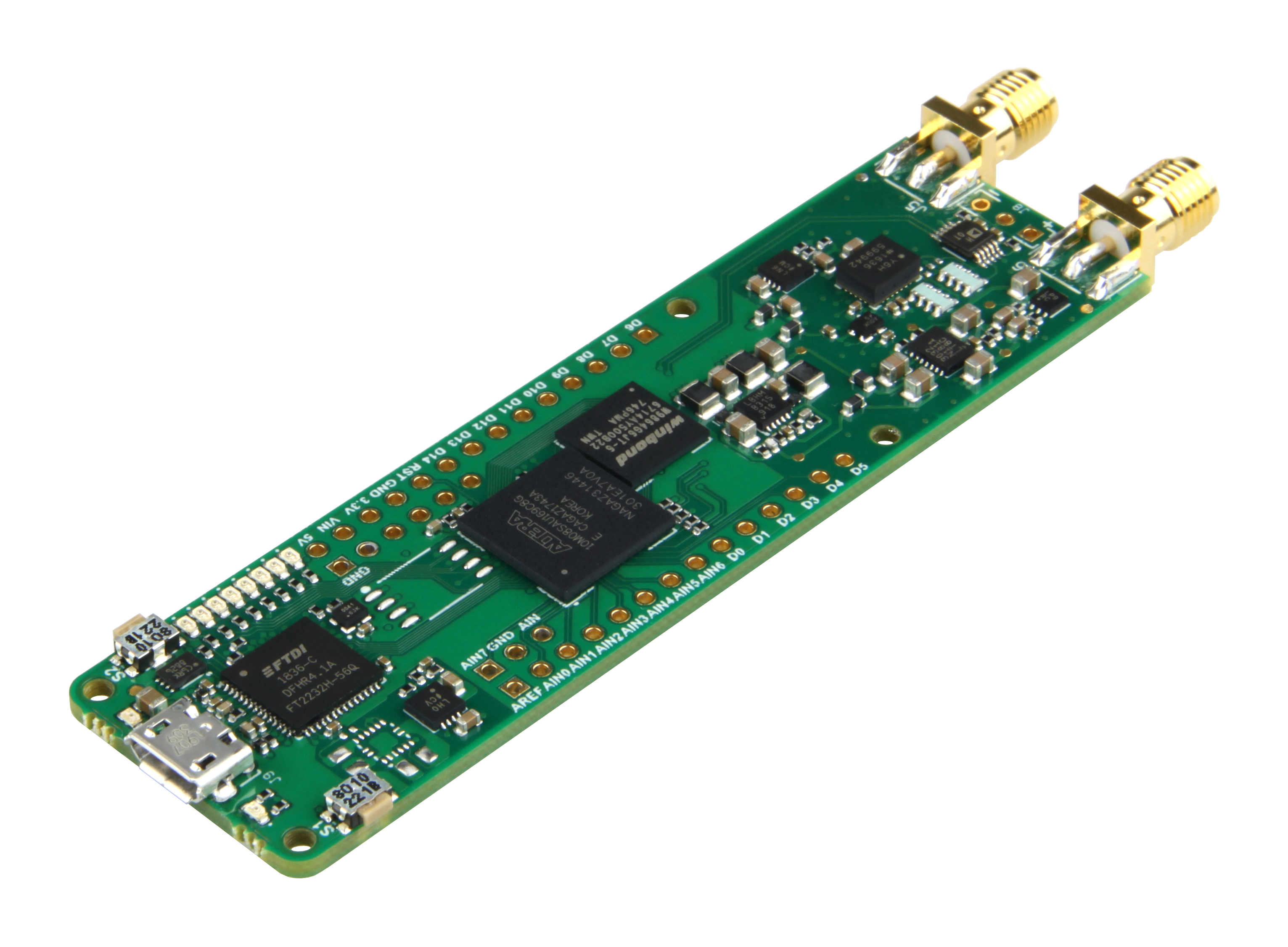Trenz Electronic GmbH ANALOGMAX-DAQ2 Kit e schede di sviluppo a logica programmabile
AnalogMAX variant with ADAQ7980 (16-bit, 1 MSPS uModule Data Acquisition System)
AnalogMAX-DAQ2: A Programmable 16-Bit μModule®-Based Data Acquisition Platform with the Intel® MAX® 10 FPGA
Benefits of the AnalogMAX-DAQ2 Platform:
Block Diagram of AnalogMAX-DAQ2:

Features:
- Package: UBGA-169
- Speed Grade: C8 (Slowest)
- Temperature: 0°C to 85°C
- Package compatible device 10M02...10M16 as assembly variant on request possible
- SDRAM Memory up to 64Mb, 166MHz
- Dual High-Speed USB to Multipurpose UART/FIFO IC
- 64 Mb Quad SPI Flash
- 4Kb EEPROM Memory
- 8x User LED
- Micro USB2 Receptacle 90
- 16 Bit Analog to Digital Converter with 1 MSPS or 500 kSPS
- 2x SMA Female Connector
- I/O interface: 23x GPIO
- Power Supply:
- 5V
- Minimum 1A
- Dimension: 25mm x 86.5mm
- Others:
- Instrumentation Amplifier
- Differential Amplifier
- Operational Amplifier
Applications:
- I/O expansion
- Communication control planes
- Industrial
- Automotive
- Consumer applications
Development Support Resources:
Arrow Electronics has a public organizational GitHub site where technical information and resources can be found for a variety of development platforms. Navigate to the following pages on our GitHub site for AnalogMAX-DAQ2 specific user documentation and support.
AnalogMAX Product Family Main Repository Page
AnalogMAX-DAQ2 Wiki Page
AnalogMAX-DAQ2 Quick Start Guide (QSG)
Related Boards:
- AnalogMAX-01: Smoke detection and sensor fusion platform
- AnalogMAX-DAQ1: A High-Accuracy Programmable Data Acquisition Platform with the Intel® MAX® 10 FPGA.
Related Parts:
Specifiche tecniche del prodotto
| EAR99 | |
| 8543.70.98.60 |
Articles & Videos
-
Field Programmable Gate Arrays - FPGAs
-
Programmable Devices
-
Programmable Devices
-
Programmable Logic Development Boards and Kits
Artificial Neural Networks in Machine Learning: Computer Vision & Neural Networks
This article touches on the use of machine learning in computer vision using neural networks. Learn how this technology is shaping the future of computer vision
Altera SoC Roadmap Drives Improved Efficiency
Electronics system designers are faced with a bewildering set of requirements from their customers. Their customers want increased system performance but don’t want an increase in power. They also expect new features and capabilities but don't want extended waits for these new capabilities to become available.
